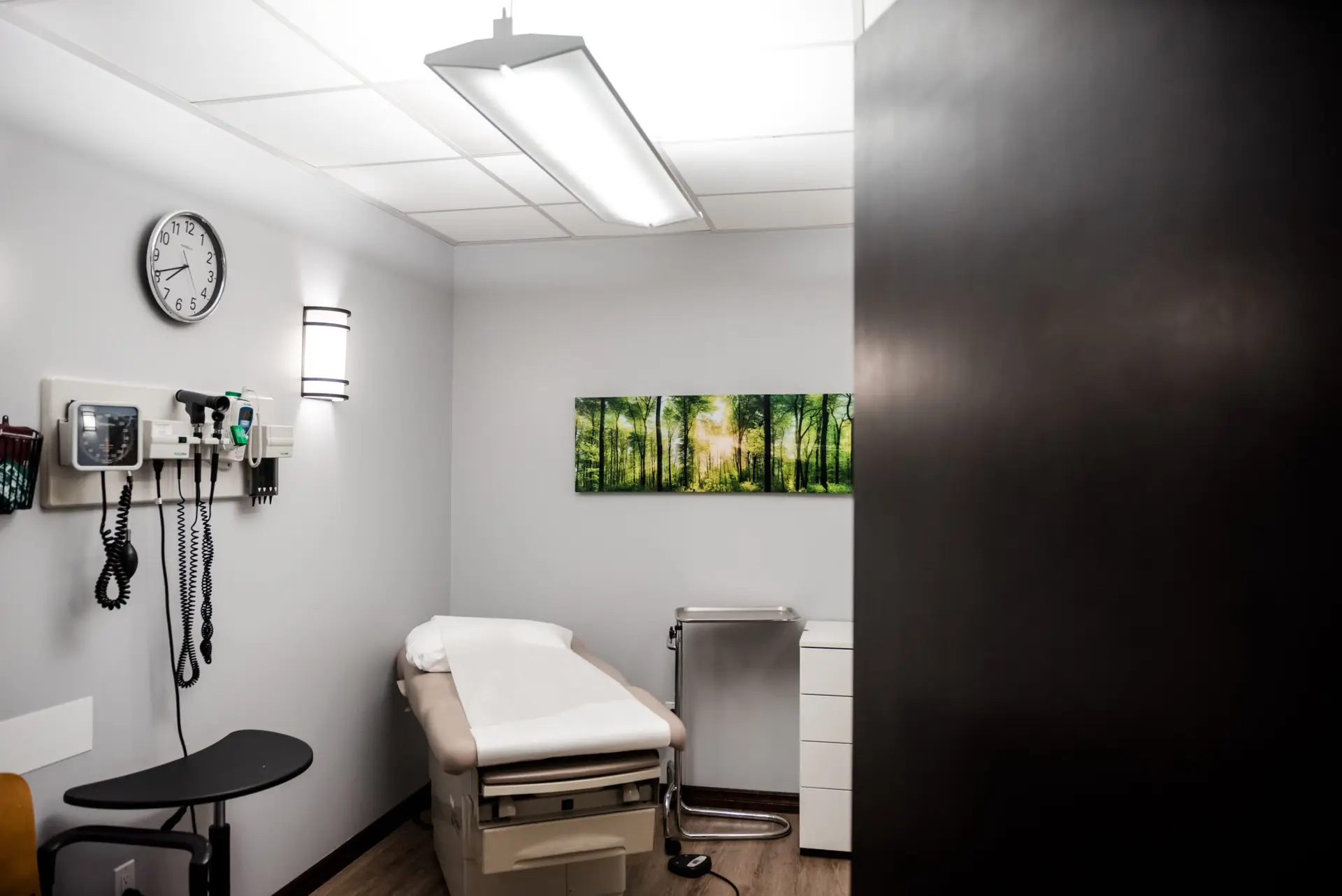How many patients does a doctor have a day?

When planning for your new independent practice, you will need to take into consideration how many patients a day you can see and still deliver high quality care. How many patients does a doctor have a day? it depends on several factors, including your staffing plans, so you'll be prepared to have your clinical team assist with caring for patients, as well as your financial goals.

There are varying estimates as to the ideal patient panel size as well as the realistic number of patients a provider sees each day. A 2018 survey found that most physicians saw between 11 and 20 patients per day. A small percentage, 1.3%, saw between 51 and 60 patients each day.
Primary Care Physicians Spend Too Much Time on Paperwork
That survey also found that most physicians spent between 17 and 24 minutes with each patient during the day. The time spent with the patient is a critical part of the patient-provider relationship. If the physician seems rushed or seems to not be listening to the patient, that can degrade the level of trust and diminish the quality of care. In addition, when the doctor is seeing too many patients each day, that can lead to burnout.
Research has found that most physicians have had feelings of burnout at some point, usually in recent years. One of the major causes identified by physicians was that they spent too many hours in their practice, caring for patients or completing paperwork. Technology has helped reduce their administrative burden significantly but many are still overwhelmed with the need to see more patients each day.
The CDC states that in 2020 most adults in the US had visited their provider or another healthcare professional in the past year:
- 83.4% of adults had a visit with a doctor or other health care professional in the past year
- Number of visits: 860.4 million
- Number of visits per 100 persons: 267.1
- Percent of visits made to primary care physicians: 51.2%
The ideal average patient load for a primary care provider has been estimated at 1,000; however, many physicians say the reality is around 2,500. One organization, the American Association for Physician Leadership, says the number is closer to 3,000.
MedCity News cites a study conducted by the University of California that attempted to realistically assess how many patients a doctor could see each day. That study concluded that if the provider was personally responsible for screening, counseling, immunizations, prescriptions, and the treatment of chronic and acute care conditions during a work week of about 43 hours per week, the physician could accommodate a maximum of 983 patients.
The study cited calculations that would enable the doctor to maintain an average income of $175,000 annually. The doctor would need to see about 24 patients a day on a fee-for-service arrangement. Seeing more patients each day would reduce the amount of time spent with each patient to about 8-12 minutes, according to the researchers.
However, the study also offered ways to improve the doctor's work-life balance, which includes enabling clinical staff to take over some of the patient care during the visit:
- Up to 77% of a doctor's time is spent on preventative care, which could be delegated to mid-level or non-clinical team members.
- 47% of a doctor’s time is spent on managing chronic conditions that could shift to medical assistants, RNs, pharmacists, or even health educators working understanding physician orders.
Efficient Patient Management Transforms Your Practice
Request a sample chart to see how our electronic patient charts support and streamline your workflows.
What factors can influence patient capacity?
Family physicians and other healthcare providers might see more or fewer patients daily depending on several factors. These include:
- Practice Type: Solo practices might handle fewer patients daily compared to larger group practices due to limited administrative support and resources.
- Patient Needs: The complexity of medical conditions being treated can affect the number of patients seen and what can be supported by the health care system. Multiple chronic illnesses or complicated cases often require longer consultation times, thus reducing the total number of daily patient visits.
- Technology Use: Clinics that utilize advanced healthcare technologies, like electronic health records (EHRs) or telemedicine, might efficiently manage more patients by reducing the time spent on paperwork and in-person consultations.
- Staff Support: The presence of nurse practitioners, medical assistants, and other support staff can increase the number of patients seen by handling routine care and follow-ups.
- Appointment Scheduling: Practices that use efficient scheduling systems or offer extended hours might accommodate more patients daily.
- Healthcare Policies: Insurance and healthcare regulations can also influence the number of patients seen, as documentation requirements and reimbursement rates may impact the time allocated per patient. If you're looking to improve patient capacity and streamline documentation, explore how our family medicine EHR platform can help optimize your practice workflow.

